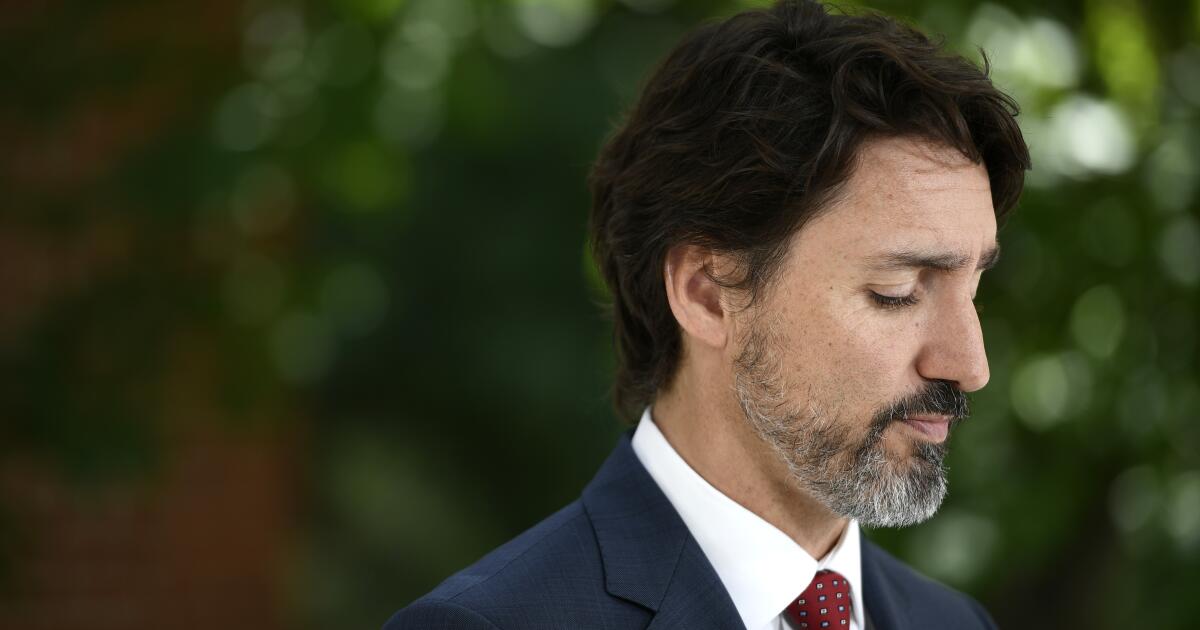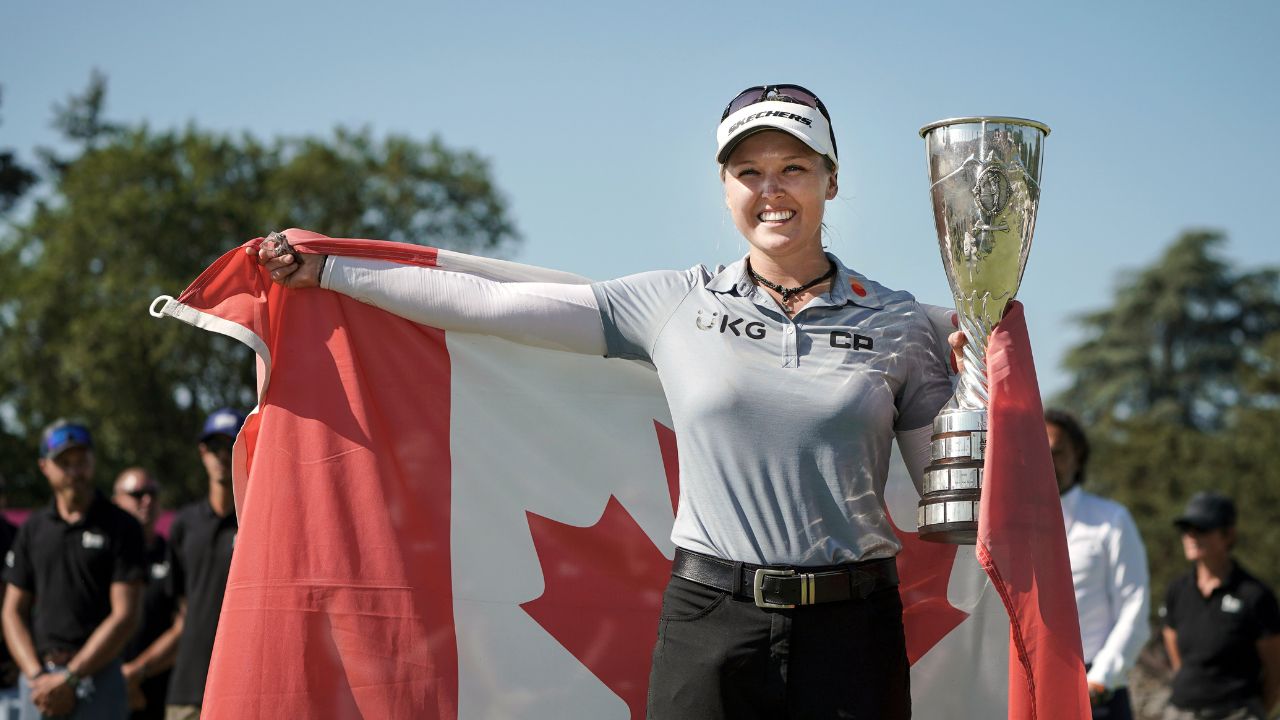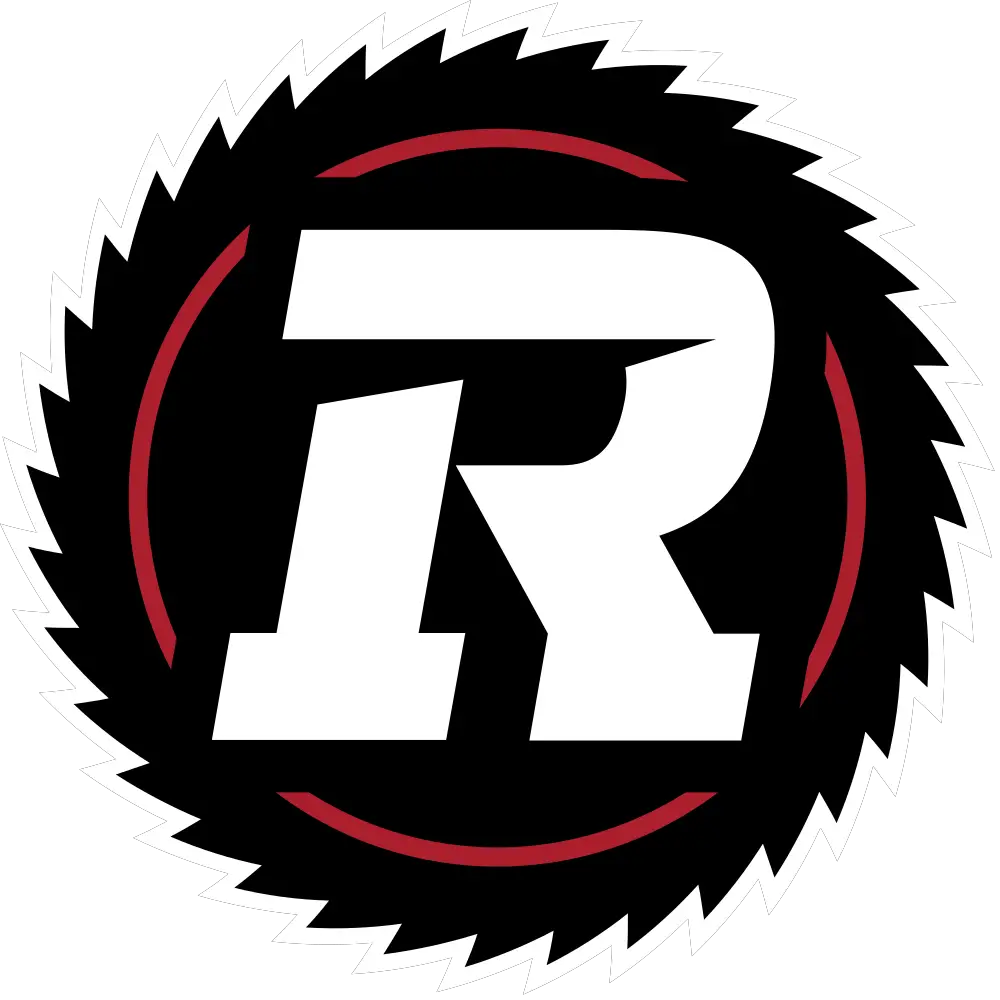Tennis
Tennis legend Dale Power was the top-ranked player in Canada
Canadian Tennis player Dale Power plays in a match on July 5, 1973. He was the 1979 National Champion and No. 1-ranked Canadian player.The Globe and Mail
Canadian tennis player Dale Power was an old man at the age of 30, and that had little to do with him being aged or decrepit. The “old man” label came from a combination of his slightly receding hairline, his tendency to drive slowly and his approach as a player who soft-balled his shots rather than powering them.
But in essence it was a term of endearment among his fellow players for the 1979 National Champion and No. 1-ranked Canadian player. He was universally loved and admired in the emerging, competitive world of Canadian tennis in the 1970s and 1980s.
Mr. Power died at 74 on May 16 in his hometown of Toronto after an almost year-long struggle with cancer.
Not only was he world class at tennis, he was also a top-flight hockey player and in 1969 was drafted out of the junior ranks in the seventh round (75th pick) by the Montreal Canadiens.
That began a career-long push/pull relationship for him with the two sports.
Dale Thomas Power was born in Toronto on Oct. 2, 1949, and hockey was his game as a youngster. He was eventually initiated into tennis at St. Michael’s College School where his father worked as a boiler-maintenance engineer. That allowed the boy to play tennis in the summer when the school’s winter parking lot was converted to a tennis court.
His tennis skills progressed rapidly and by 1967, at 17, he won the Canadian under-18 junior title.
But hockey continued as a priority and he played two years in the junior Ontario Hockey Association – 1967-68 with the St. Catharines Black Hawks and 1968-69 with the Peterborough Petes. That latter year he was on a line with future Philadelphia Flyers goal-scoring star Rick MacLeish, who called him, “just about the best centre in the league” after Mr. Power’s season of 69 points in 48 games.
The move up to the Canadiens never materialized partly because Montreal already had three formidable centres in Jean Béliveau, Henri Richard and Ralph Backstrom. At least Mr. Power got an opportunity to play on a line with the legendary Mr. Béliveau in a preseason exhibition game.
“Dale was a dipsy-doodler,” said Jim Boyce, his long-time friend and fellow Davis Cup player. “He’d make guys look bad on the ice and pass the puck to you and you’d put it in the net. Those guys would then talk to each other on the bench – ‘we’re going to mash his brains into the boards’ – and that’s what they’d do. I remember when he was bruised and beat up.”
“I don’t think he liked getting beaten up,” confirmed Harry Fauquier, another ex-Davis Cupper who coached a teenaged Mr. Power. “I mean who does? His talent couldn’t overcome the power and the ferocity of mid-level hockey or big-level hockey. He certainly had big-level talent. But I don’t think he liked to stand in front of the net and get chopped, and that’s what it took.”
Réjean Genois, a Canadian Tennis Hall of Famer, fondly recalls his former occasional doubles partner. “I only have good memories of Dale,” the Montrealer said. “I’ve never met anyone who didn’t like him.”
Mr. Genois remembers travelling to events in Sweden and Antigua with Mr. Power and their wives, and described him as “curious, sociable and fun.”
“When we played a circuit in France,” Mr. Genois said, “Dale was interested in everything. He even bought himself a beret to have the French look.”
Mr. Genois recalls Mr. Power, an ace storyteller, recounting a classic from his 1967-68 season with the St. Catharines Black Hawks. “After two or three beers Dale would talk about his junior hockey days when he played with Jerry Korab [who later had a distinguished 17-year NHL career],” Mr. Genois said. “He was in front of the net to deflect the puck and Korab [a defenceman] hit a slap shot that struck Dale right in the face. It was in the days when players didn’t wear visors. I think he had more than 80 stitches on the tongue, the lips, inside his mouth and lost a bunch of teeth. Dale joked, ‘I stopped the puck with my mouth and then I woke up in the hospital.’ That must have really hurt.”
Mr. Power played in the International Hockey League (IHL) with the Port Huron Flags in 1970 and then went back to tennis for three years on a tennis scholarship at Oklahoma City University before, with an impetuosity that was typical of the jagged road map of his athletic life, playing hockey again from 1973 to 1975 for the IHL’s Fort Wayne Komets – scoring 65 points in 73 games in 1973-74.
In tennis he had an overall solid 6-2 career singles record at the Davis Cup and in 1975 entered the history books when he defeated Colombian Alvaro Betancur 6-4, 22-24, 2-6, 6-3, 7-5 in a marathon match in Montreal that ended in the wee hours. That 22-24 second set (46 games), equalled in 1987 by Russian Andrei Chesnokov and Dutchman Michiel Schapers in 1987, will remain unbeatable now that tiebreaks decide all Davis Cup sets. “There was hardly anyone left in the crowd at the end,” Mr. Boyce remembered, “except for me and [Montreal Canadiens goalie] Ken Dryden.”
The following year Mr. Power and fellow Torontonian Greg Halder made a Grand Slam event breakthrough by Canadians when they upset defending doubles champions and top-seeded Americans Fred McNair and Sherwood Stewart 4-6, 6-4, 6-4 in the first round at the French Open. At one point an exasperated McNair, frustrated with Power’s slow-paced, finesse shots, shouted, “Dale, will you hit the ball!”
Mr. Boyce has a vivid, scary memory of Mr. Power taking him out for a beer at a rough bar in Toronto’s east end in 1979 to celebrate his upcoming marriage. “There were pool tables there and the more Dale drank, the better he played,” Mr. Boyce said. “He was taking all these guys for their money. He had this little smirk, like ‘gotcha’ kind of thing. I said, ‘Dale don’t rub it in their faces.’ He must have won $100. We walked out the door and before we knew it I got a fist in the face and it knocked me into the door.” Mr. Power also took a beating that night.
“That’s Dale,” Mr. Boyce added, “he could shoot pool – he could do almost anything.”
Mr. Power was a lifelong free spirit. “I think minimalistic is the right term to describe him,” Mr. Boyce suggested. “He just didn’t want a complicated life. He went a lot of years without a car. He lived hand-to-mouth most of his life. He just wanted it that way. He loved tennis and was fiercely independent. Money didn’t mean that much to him.”
Latterly he would commute daily on public transportation from a western Toronto suburb to a tennis club in the northeast for work – an hour and a half each way. He did so perfectly content to pass the time reading The Economist and people-watching.
Martin Wostenholme, a 61-year-old Canadian who ranked as high as No. 84 in the world, is from a younger generation and benefitted from Mr. Power’s tutelage.
“Dale came to Ottawa when I was 16 turning 17,” he said. “We would practice all the time. He used the whole court and was thinking so much that you really had to play unusual shots and think for yourself. That was a critical year for me. He was still playing [professionally] so it was very competitive – an invaluable experience.”
About Mr. Power the athlete and off-court human, Mr. Wostenholme said, “he was super-competitive but so fun to hang out with in the locker room. He always had a twinkle in his eye, and his stories were hilarious. He was just an exceptionally interesting fellow with all sorts of athletic accomplishments, and he really saw the game at a higher level than most of the other Canadian guys I knew.”
Mr. Power was inducted into the Canadian Tennis Hall of Fame in 2006. At the end of his playing career and in his post-career he had tennis teaching positions at the Rideau Tennis Club in Ottawa, at the Château Montebello in Quebec and at clubs in Montreal and Toronto. He was working at Toronto’s Granite Club right up until the day he went to Sunnybrook Hospital last June, receiving the fateful cancer diagnosis.
Mr. Power leaves his daughter, Sarah Power; sister, Evelyn Tomlinson; and brother John Power. He was predeceased by brothers D’Arcy and Brian Power.
In a 1980 profile in the long-defunct Racquets Canada magazine by Ottawa writer Greg Weston, a then 30-year-old Mr. Power was described as, “a man whose charm is a kind of boyish enchantment with life.”
It’s fair to say that the old man maintained that youthful enchantment to the very end.
You can find more obituaries from The Globe and Mail here.
To submit a memory about someone we have recently profiled on the Obituaries page, e-mail us at obit@globeandmail.com.










